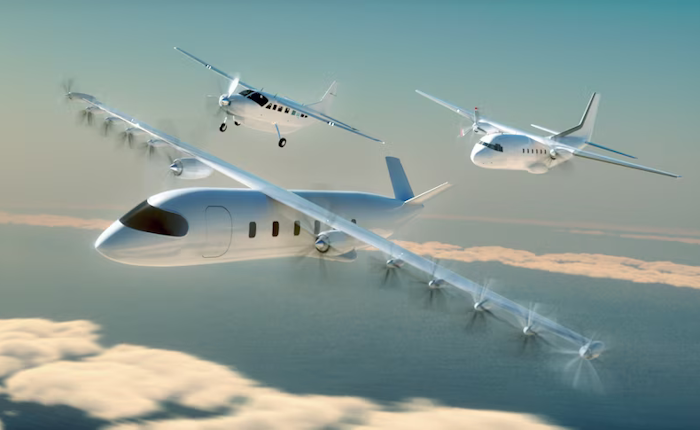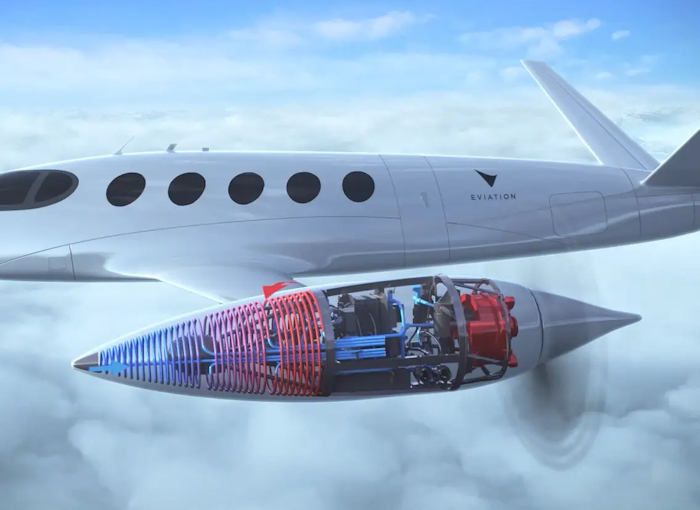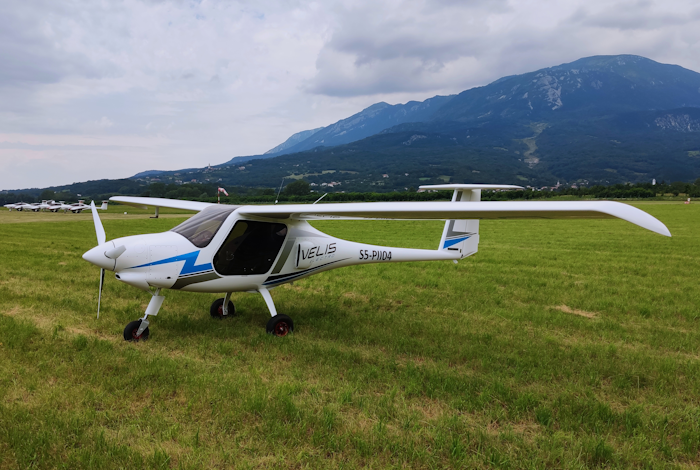The aviation sector is experiencing a fundamental shift toward electric propulsion as a result of growing worries about climate change and the environmental effects of conventional transportation powered by fossil fuels. Technology improvements and a rising focus on sustainability have made electric aircraft, previously thought to be a pipe dream, a reality. This article examines the promise of electric aviation and its possible influence on air travel in the future.
Emission Reduction and Environmental Benefits
A promising alternative to cut greenhouse gas emissions and prevent climate change is electric aircraft. Electric planes create no direct pollutants while in flight, in contrast to conventional aircraft. Electricity may greatly reduce carbon dioxide and other hazardous emissions that contribute to air pollution and global warming by replacing jet fuel.

Adopting electric aircraft will reduce the industry’s environmental effect in addition to improving air quality. Also, UnitedWifi helps people connect to each other in the skies by providing them access to internet inflight.
Technological Advancements
Recent technical developments have increased the viability of electric flying. The operation of electric aircraft has been completely transformed by the invention of high-energy-density batteries, such as lithium-ion batteries. Electric planes can fly farther because of the massive quantities of energy these strong batteries can store and their increasing efficiency.

Aerodynamic and lightweight material developments have also improved aircraft design, making electric flight more practical for both individual and commercial usage. KLM, British Airways, Virgin Atlantic are some airlines offering onboard Wi-Fi services.
Urban Air Mobility
Large commercial aircraft are not the only kind of electric aviation. Urban air mobility uses electric vertical takeoff and landing eVTOL planes, is also being made possible by its technology.

These little electric aircraft can fly around cities, adding a fresh perspective to urban transportation. UAM may change how we commute and travel small distances by easing traffic congestion and supplying quicker, more effective transit choices.
Reduced Operating Costs
Although the initial cost of an electric aircraft may be greater but over time its operational costs will be lower. Compared to conventional airplanes, electric aircraft have fewer moving parts and require less maintenance. As battery technology develops, it is anticipated that the cost of producing and maintaining electric aircraft would go down which would make them economically comparable with traditional aircraft.
Silent Flight
The silent functioning of electric aircraft is one of its remarkable benefits. Because they are by nature quieter than conventional jet engines, electric motors help to lessen noise pollution at and near airports. This feature not only improves the passenger experience while flying but also makes electric aviation more suitable for use in metropolitan areas where traditional aircraft may be constrained by noise regulations.





